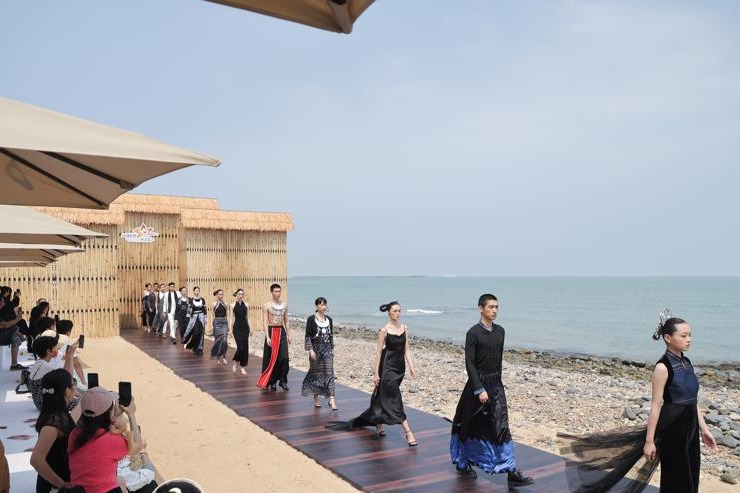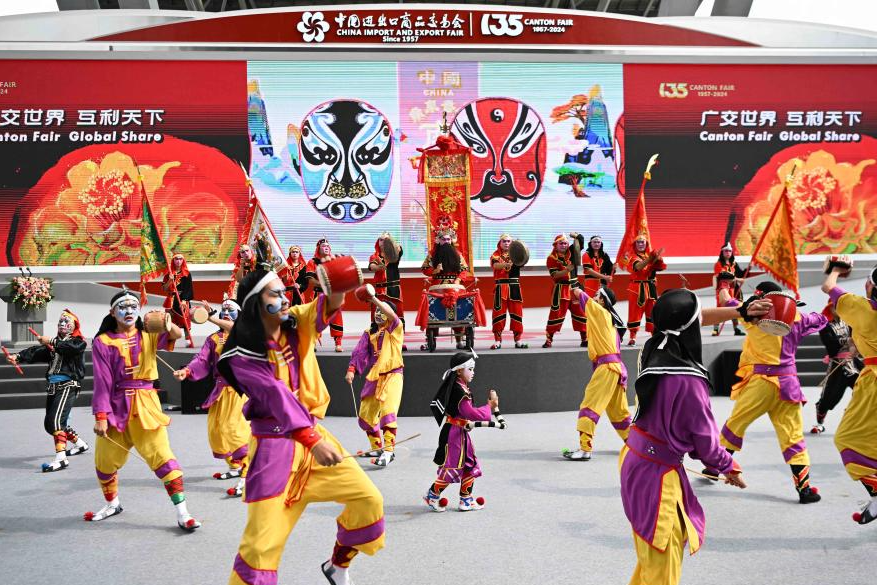Trader remains bullish about Chinese jewelry consumption


Luke Lu, CEO of Hong Kong Tian Xin Yang Ltd
The Chinese have long prized gold jewelry not only for its value but also for what it symbolizes. Its yellow color is associated with prestige, and gifts of gold jewelry are considered auspicious.
Such long tradition and increasing prosperity brought by economic gains have boosted demand for jewelry — and gold — in China. In 2017 alone, China's gold demand topped 900 tons, making it the world's biggest gold consumer.
The Chinese affinity for gold will continue to spur the country's demand for the precious metal in the next few years, according to Luke Lu, CEO of Hong Kong Tian Xin Yang Ltd.
HKTXY is the Hong Kong-based trading arm of Chengdu Tianxinyang Gold Industry, one of China's biggest physical gold trading companies and a member of the Shanghai Gold Exchange.
"The physical gold investment demand has increased in the last couple of years and I believe it will continue to grow," Lu told China Daily.
He attributed this to the Chinese traditional perception of gold as an investment and a way to diversify portfolios.
Lu is bullish about Chinese gold consumption even if changing tastes have dented demand in the world's biggest gold market. London-based research firm Thomson Reuters GFMS said China's total gold demand declined 3 percent to 991 tons in 2017.
One of the reasons cited is Chinese millennials' preference for 18-karat gold jewelry, which is not only cheaper but also more suited to stylish, avant-garde designs. This is because unlike 24K pure gold jewelry, 18K jewelry is only 75 percent gold. Its composition includes other metals, making it harder yet pliable.
This changing consumer preference explains why jewelry sales increased in 2017, albeit with a decline in gold demand. The London-based industry group World Gold Council said Chinese jewelry demand rose 3 percent to 646.9 tons in 2017. The upbeat mood has continued this year, with Chinese jewelry demand rising 7 percent to a three-year high of 187.8 tons in the first quarter.
The current jewelry trend, Lu said, will not keep Chinese consumers from accumulating more gold. They still believe that having gold is a way to store and increase one's wealth — but instead of jewelry, they will buy gold coins and bars.
China is the world's biggest market for gold coins and bars, which account for roughly 20 percent of China's annual gold consumption. The WGC said China's demand for these products rose 8 percent year-on-year to 306.4 tons in 2017.
Lu's confidence in the country's gold demand stems from his nearly 30 years of experience in analyzing and trading the yellow metal. His career in the metals market started in 1991 when he was recruited by the State-owned China National Gold Group Corporation, or China Gold, soon after graduating from the Beijing-based Renmin University of China.
Lu's stint at China Gold helped him to gain in-depth knowledge of the industry. He started as an analyst in the economic research center, which gave him the opportunity to study the entire gold supply chain — from mining to refining to jewelry manufacturing.
It was also while working at China Gold that Lu would meet one of his career mentors — Simon Ford, the then global head of commodities at Credit Suisse. It was Ford who encouraged Lu to go to graduate school and pursue a banking career.
After working at China Gold for nine years, Lu left and took an MBA scholarship at Ivey Business School, at Canada's University of Western Ontario.
He returned to Asia in 2002 and worked in Singapore as associate director at the Swiss investment bank UBS Group. A year later, Lu moved to Hong Kong to assume the post of senior vice-president at Standard Bank of South Africa.
Lu handled precious metals sales for Standard Bank. He recalled that the African lender was at that time the biggest buyer of Chinese silver. He worked there for five years and then left to head and expand Standard Chartered Bank's Greater China metals sales desk.
In 2012, Lu was appointed global head of base metals at Australia and New Zealand Banking Group (ANZ). Lu resigned from ANZ in 2016 to accept the CEO post at HKTXY.
As HKTXY's CEO, Lu's daily routine involves monitoring the Shanghai and Chicago gold futures and trading physical gold for corporate clients.
Business meetings are usually held in HKTXY's conference room, which has an expansive view of Hong Kong's Victoria Harbour and houses an elaborate rosewood tea table. It is here that Lu and the company's clients can savor different varieties of tea.
Lu, himself a tea lover, always has on hand some packs of Jin Jun Mei — the renowned black tea sourced from the Wuyi Mountains in East China's Fujian province.
His work also requires him to go to Southwest China's Sichuan province, where his company is based. He usually spends a week in Sichuan, then a week in Hong Kong.
Despite a hectic schedule that compels him to travel regularly, Lu said he always finds time to spend with his family. When in Hong Kong, he seldom misses dinner at home.
Contact the writer at prime@chinadailyapac.com




































